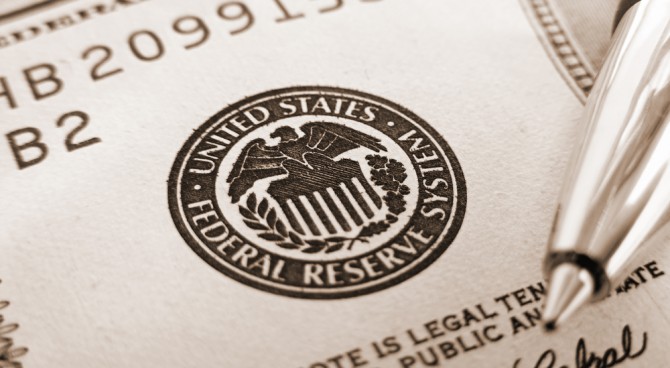Working Americans sense that taxes and transfers now leave them little better off than those who work less.
By Phil Gramm and Robert B. Ekelund Jr.
June 24, 2018 1:47 pm ET
Frenzied rhetoric about income inequality was a larger theme in Hillary Clinton ’s 2016 presidential campaign than in any previous American election. When the ballots were counted, however, not only did income inequality fail to move voters, but a massive shift in voting preference among lower-middle and middle-income Americans led to the election of the wealthiest president since George Washington. Now, startling new data on government spending and taxes suggests a novel explanation for this voter shift: It was a backlash against rising income equality among the bottom 60% of American household earners.
The new analysis was published in April by the Cato Institute’s John F. Early, a former assistant commissioner of the Bureau of Labor Statistics, and it provides the most comprehensive accounting to date of how taxes and government payments affect income distribution in the U.S. His study includes the roughly $1 trillion of annual government spending not currently counted in the U.S. Census Bureau’s income-distribution tables. That includes Medicaid, food stamps, the earned-income tax credit, and 85 other federal payments and services, along with similar state and local income supplements. The study also subtracts federal, state and local taxes from individuals’ measured income, an adjustment not contained in the census data.
The most surprising finding is the astonishing degree of equality among the bottom 60% of American earners, generated in part by the explosion of social-welfare spending and the economic and wage stagnation during the Obama era. Hardworking middle-income and lower-middle-income families must have recognized that their efforts left them little better off than the growing number of recipients of government transfers. The perceived injustice of this equality helped drive the political shift among blue-collar workers, many of whom supported the pro-growth candidacy of Donald Trump in 2016 despite having voted for Mr. Obama in the two previous presidential elections.
The bottom quintile earned 2.2% of all earned income in 2013, but after adjusting for taxes and transfer payments, its share of spendable income rose to 12.9%—six times its proportion of earnings. The second quintile’s share more than doubled, rising from 7% of earned income to 13.9% of spendable income. For the third quintile, middle-income Americans, the increase was much smaller, from 12.6% to 15.4%.
Not surprisingly, high earners lost a considerable share of their earnings after taxes and transfers are taken into account. The fourth quintile’s share fell from 20.5% to 18.6%, while the top quintile dropped from 57.7% of earnings to 39.3% of consumable income. In other words, the top quintile’s share of earnings was 26 times that of the bottom quintile, but after taxes and transfer payments its share of spendable income was only three times as much.
Even more startling is the near equality among the bottom three quintiles. The bottom quintile, which earned only 2.2% of all earned income, had virtually the same share of spendable income as the second quintile, lower-middle-income Americans. This equality is despite the fact that lower-middle-income workers earned more than three times the share of income and worked 21/2 times as much, measured by comparing each group’s number of full-time workers relative to its working-age population. Middle-income workers earned almost six times the share of income and worked almost four times as much compared with the bottom quintile, but they enjoyed only about 20% more spendable income.
And even these numbers understate the huge difference in work effort. Compared with the bottom quintile, the lower-middle-income quintile had almost four times as many working-age families whose members worked two or more jobs, and the middle-income quintile had more than seven times as many families with members working two or more jobs.
The politics of envy based on income inequality has always been a hard sell in the U.S. Few Americans resent Bill Gates, whose innovations made him megarich but also made the rest of us better off. Who resents Warren Buffett, who became one of the richest men in the world by raising the return on Americans’ savings and retirement accounts? George Mitchell, the Texas oilman who invented fracking, made oil and gas cheaper for the whole world—and he received only a tiny share of the wealth he created in so doing.
Americans tend to believe that people become rich because they are smart and work hard, but it is easy to see how a middle-income husband and wife who both work could resent that people who don’t work are about as well off as they are. It might be fair that Bill Gates is rich, but it seems unjust that 60% of Americans have virtually the same standard of living despite dramatic differences in the effort they exert and the income they generate.
The harder people worked without getting ahead, the more reason they had to feel disrespected and alienated in November 2016. President Obama and Hillary Clinton mocked their values. The tax and regulatory policies of the Obama era caused economic growth and middle-income wages to stagnate. But what must have added insult to these injuries was the increasingly obvious fact that the boom in government benefits and the decline of economic growth had all but eliminated the rewards that middle-income Americans traditionally received for working hard. The explosion of social spending, and the dependency it generated, no doubt benefited the Obama campaign in 2012. But that same spending helped create the wagon-puller backlash that defeated Mrs. Clinton in the next election.
Mr. Gramm is a former chairman of the Senate Banking Committee. Mr. Ekelund is a professor emeritus in economics at Auburn University. This article is adapted from a forthcoming book, “Freedom and Inequality.” Mike Solon and John Early contributed to this article.
Appeared in the June 25, 2018, print edition.





